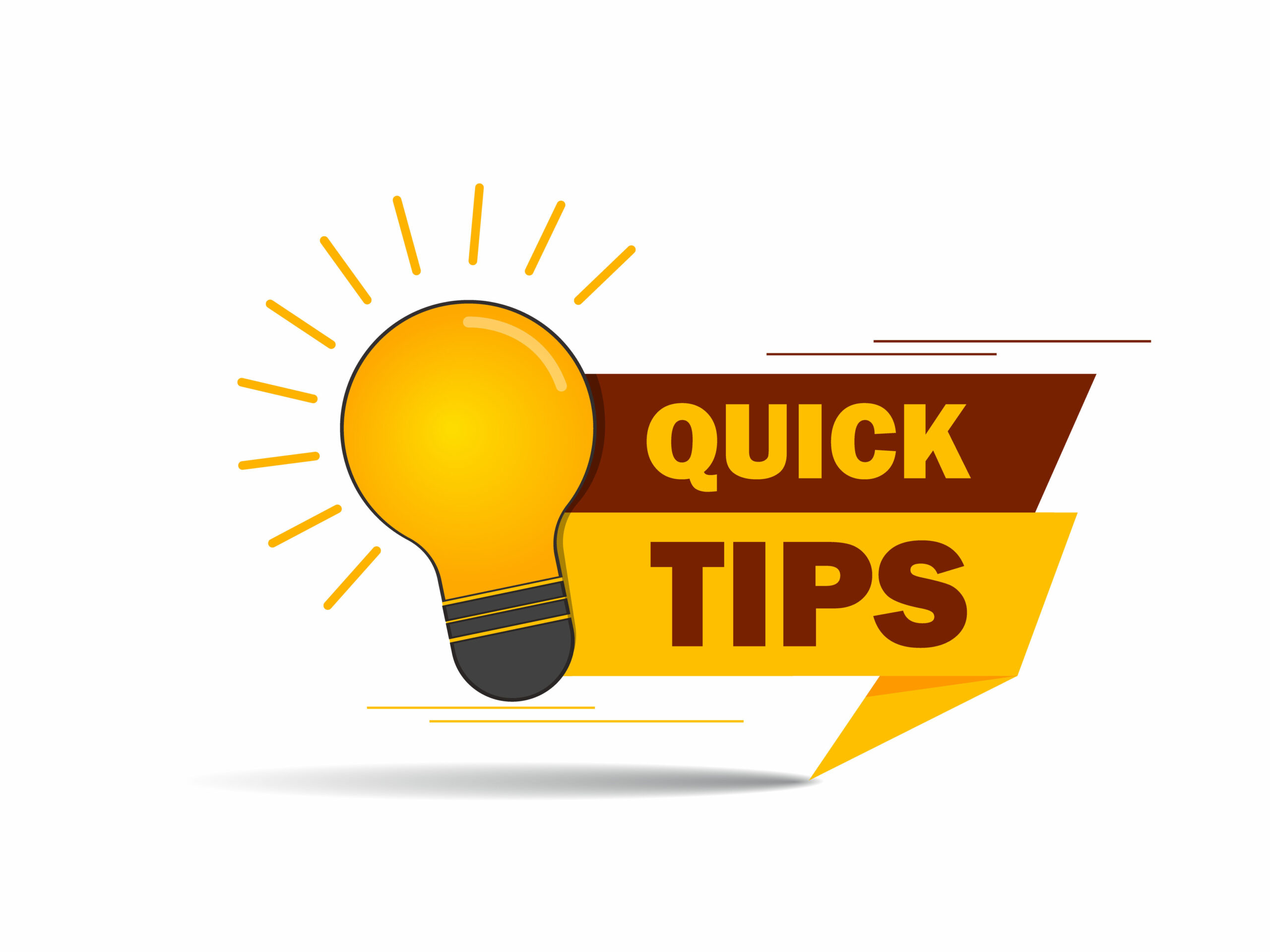There is plenty to learn about horticulture, but a little time and research will get you started.Now you know what you need to do, you can hopefully be more knowledgeable about gardening, so you can hone your skills and turn into a wonderful gardener.
Your plants need to adapt and must be gradually introduced to changes of environment. Put them out in the sun for no more than two hours on the very first day. Over a period of several days, try gradually increasing the time they’re left outside. By the time the week ends, you should have plants that are ready for a permanent home outside with no problem!
This increases the chances of the plants will grow and thrive into adulthood. It also allows you make your planting times more frequent. Your next crop of seedlings will be ready to be planted when you remove your last crop from the garden.
The handles of your gardening tools can double as clever rulers. Lay the handles onto the floor and use a tape measure along side of them. Use a bright permanent marker and label distances.
Plant bulbs in your garden if you want spring and summer flowers. Different types of bulbs bloom at different times, so if you choose appropriately, you may have blooms early spring to later summer.
Pre-soak seeds through the night in a dark area. This will hydrate your seeds to be watered and it will get a kick start when growing. The seeds will be better able to survive and mature this way.
A good green garden starts from the seeds and not from the plants. The most “green” way to start a new garden is starting from seeds. The plastics used in nurseries are rarely recycled and ends up in landfills, that is why it is advised to use seeds or purchase from nurseries that make use of organic materials when packaging their plants.
Fertilizing your garden soil. Manure is great in enabling plants to grow, but it is important that you choose a manure that has been composted commercially so that there is less of a risk of pathogens.
Using plants that all grow the same length or height result in a flat and uniform looking bed.
Pine can make a wonderful mulch. Cover soil beds with a few inches of pine needles, as they will decompose and disperse their acid throughout the soil.
Space is important when planting an organic garden. You will most likely underestimate how much space the plants need until they grow. Plan your garden carefully and put an appropriate amount of distance between seeds.
Plant Materials
Your compost pile should contain green plant materials and dried ones in equal amounts. Green plant material comprises leaves, fruit waste, grass clippings, grass clippings, and leaves. Dried plant materials are things like shredded newspaper, shredded paper, cardboard, straw, and any cut up wood materials. Avoid using ashes, meat, charcoal and diseased plants in your compost.
Do you now see how horticulture can be easier and even fun? Like anything else, horticulture is a big subject and there is a lot of information concerning it. The hardest part is finding a place to start. With any luck, the guidance in this piece has been just that.

